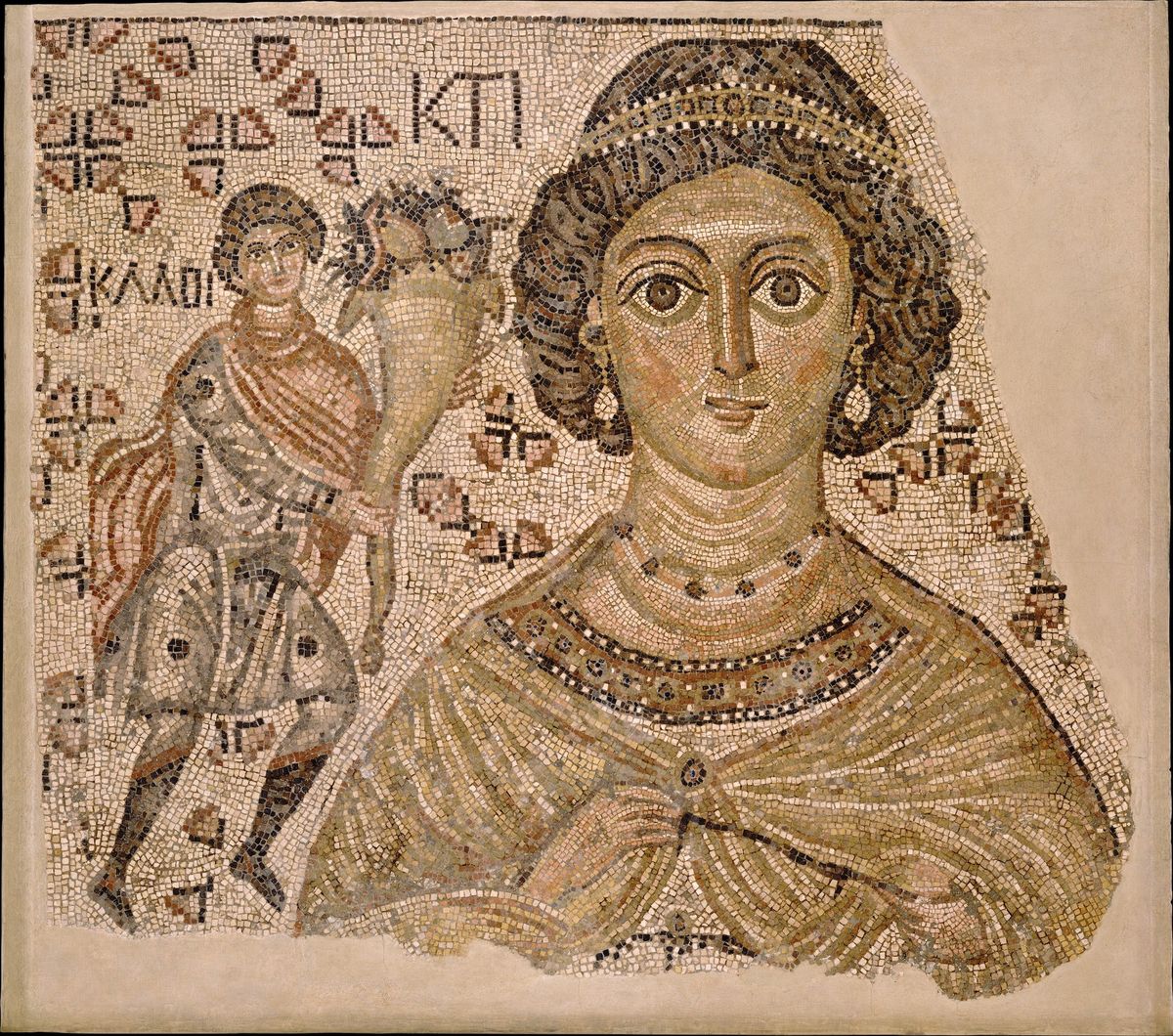A criminal court in New York has issued a warrant for the arrest of Georges Lotfi, a prominent Lebanese collector and dealer of antiquities who for years had tipped authorities off to the movements of looted and smuggled artefacts. Now he stands accused of dealing in the same materials.
A former pharmaceuticals businessman based in Tripoli (northern Lebanon), Lotfi, 81, has been an avid collector for decades and an active dealer of Roman mosaics. He has been accused of trafficking “hundreds of pieces” allegedly smuggled from war-torn Lebanon, Syria and Libya that he kept in his residences near Beirut and in Tripoli, Manhattan, Paris and Dubai, or in storage in New Jersey, before putting them on the market. Several artefacts have been seized by the Art Trafficking Unit (ATU) of the New York District Attorney’s office, led by Colonel Matthew Bogdanos, as well as customs officials in France and Lebanon.
Among the revelations in the affidavit supporting the arrest warrant, dated 3 August, Lotfi allegedly admitted to being the first holder of the $12m Sidon marble bull’s head that was seized from the Metropolitan Museum of Art in 2017, a major coup for the ATU. Excavated in 1967 by a French archaeologist from the Lebanese site of Eshmun, the 4th century BCE bull’s head was stolen by the Phalangist militia during the civil war in 1981 from the fortress of Byblos. In 2010, when it was loaned to the Met by a private collector, the curator of the Greek and Roman antiquities department Joan Mertens stated in an internal report that the first known owner was “Mr Lotfi/with Frieda Tchacos in Zurich (Nefer Gallery)” (the gallery has since closed).
That initial claim about the marble bull head’s provenance was initially dismissed by investigators as it had not been clarified or documented, but now it appears—based on Lotfi’s own admission—that he was indeed the prior holder of the marble head. In an email he wrote to special agent Robert Mancene of the Department of Homeland Security on 22 January 2018, the collector claimed he bought the bull’s head in northern Lebanon in the 1980s along with a marble torso and, later, a draped male figure from a local dealer named Farid Ziadé. Put on the market for $10m, the torso was seized at Lotfi’s Fifth Avenue apartment in 2017 and eventually repatriated to Lebanon along with the bull’s head. The draped figure was recovered a year later by Lebanese customs in a container shipped from New York to Tripoli.
According to Mancene’s affidavit, Lotfi had served as an informant to the ATU, delivering “valuable information on numerous antiquities-smuggling investigations”, purportedly in the hope of protecting his own business. The investigator also reveals that it was Lotfi who “first contacted ATU with information” about the infamous gold sarcophagus seized at the Met in 2019, leading to an investigation spanning the US, France and Germany into Egyptian antiquities sold to the Met and the Louvre Abu Dhabi.
The affidavit states that in March 2018, Lotfi asked Mancene if “a financial reward” would be possible for information that “could lead to the discovery of fake provenance documents” for a “multimillion dollar object which is in the USA”—the gold sarcophagus, at the time the star attraction of an exhibition at the Met. Lotfi said the reward was not for him but for one of the traffickers, who subsequently was in contact with Bodganos (requests for financial rewards were repeatedly refused).
Mancene also claims that Lotfi sold the Met an allegedly looted Egyptian bronze statuette of a kneeling priest or ruler, which was seized from the museum last February and will be returned to Egypt (as the sale took place in 2006, the case is covered by the statute of limitations).
According to Mancene’s affidavit, Lotfi was also in possession of three Cyrenaican funerary deities seized in 2012 at Paris’s Charles de Gaulle Airport on suspicions they had been looted in Libya (that case is still pending). The striking effigies were at the centre of an exhibition staged at the Louvre on archeological looting in 2021. Other statues from Cyrenaica, a site heavily looted during the civil war in Libya, were spotted on the US market after allegedly being photographed in Lotfi’s Manhattan residence. One was seized in 2019 at the Brooklyn apartment of Jamal Rifai, owner of the Aphrodite Ancient Art Gallery.
The affidavit also mentions a carved limestone statue from Palmyra showing a reclining male figure surrounded by his wife and three children, shipped from Dubai to New York in 2011, and a series of Roman mosaics from Syria and Lebanon. Twenty-four of these antiquities, some sold to Lotfi by the same Farid Ziadé, all using the same allegedly “fabricated generic provenance“ according to Mancene, were seized in New York in 2021. But the investigator says that “several“ other mosaics that passed through Lotfi’s hands are still on the market or in the possession of the Met.
Neither Rifai nor representatives for the Met had responded to requests for comment by press time. Lotfi tells The Art Newspaper he “made the mistake of developing a friendship with Bogdanos” and will “very soon” refute the allegations against him, claiming the affidavit “altered or misinterpreted some situations and statements” he had made.


